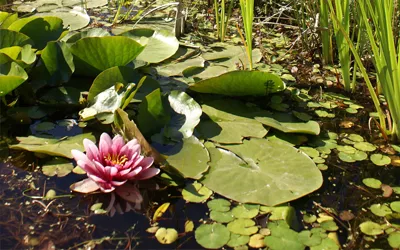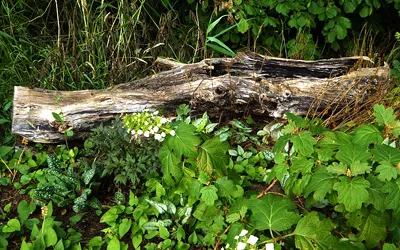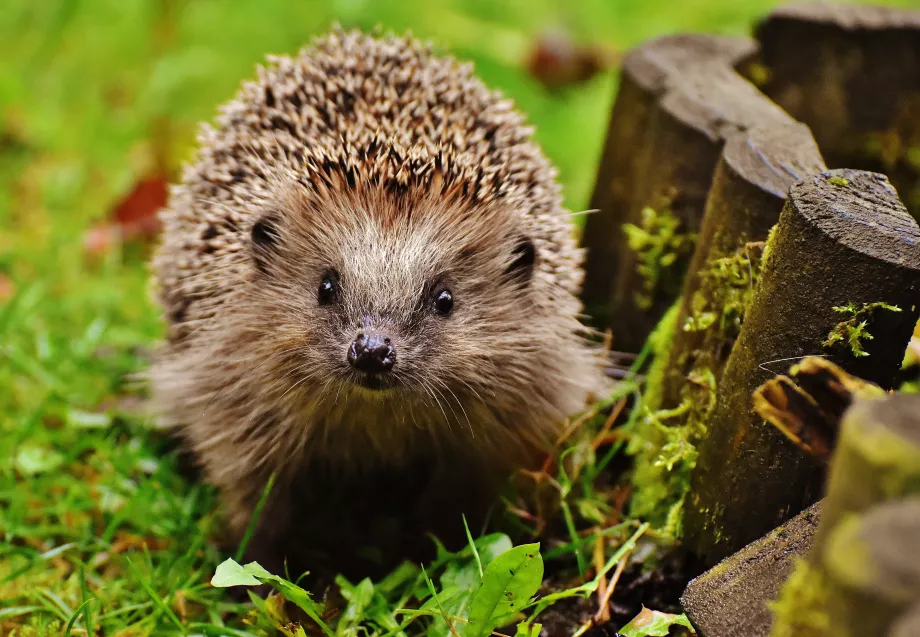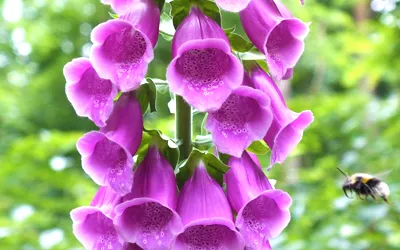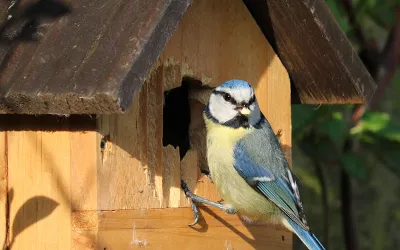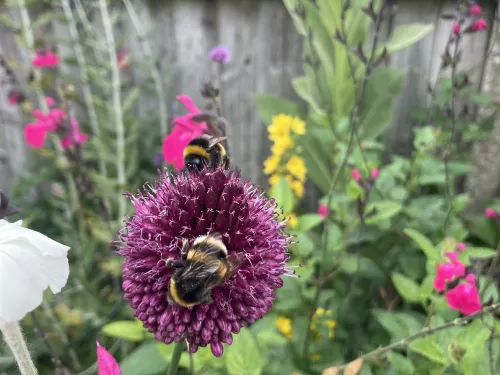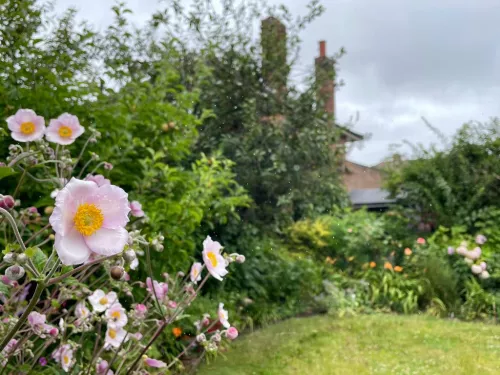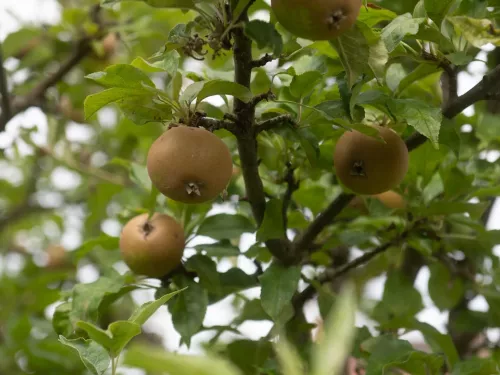
The benefits & abundance of perennial vegetables & fruit
Typically, most gardeners and farmers grow annual vegetable crops – those that are sown, planted, and harvested within one growing season. But perennial fruit and vegetables, which grow and produce food for many years, are becoming increasingly popular.…


